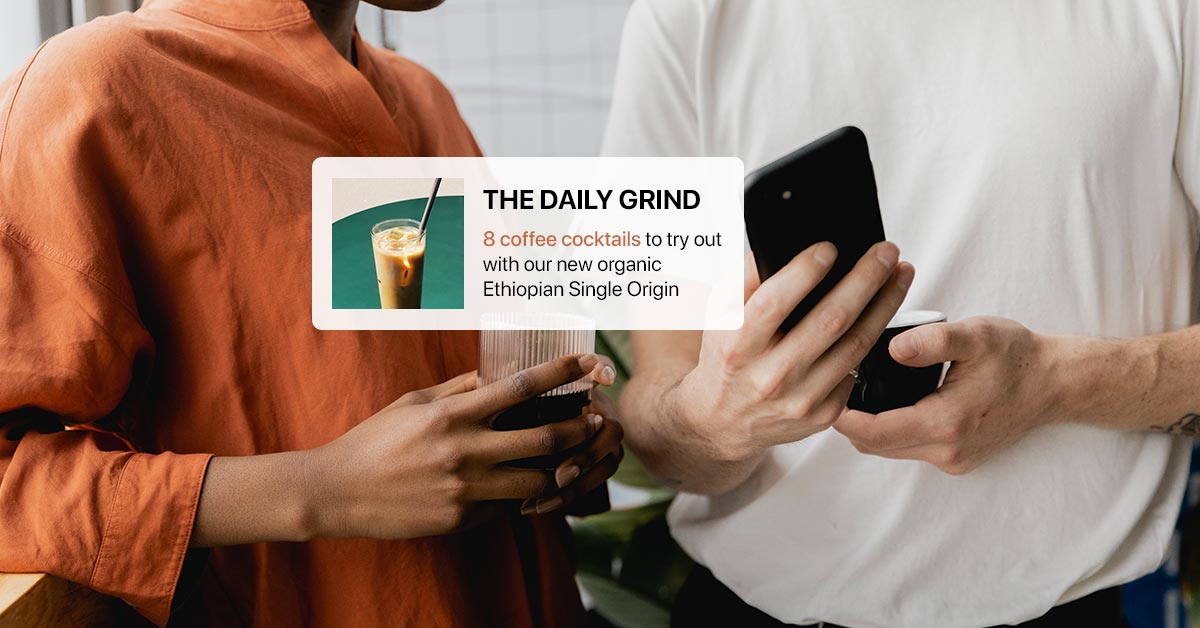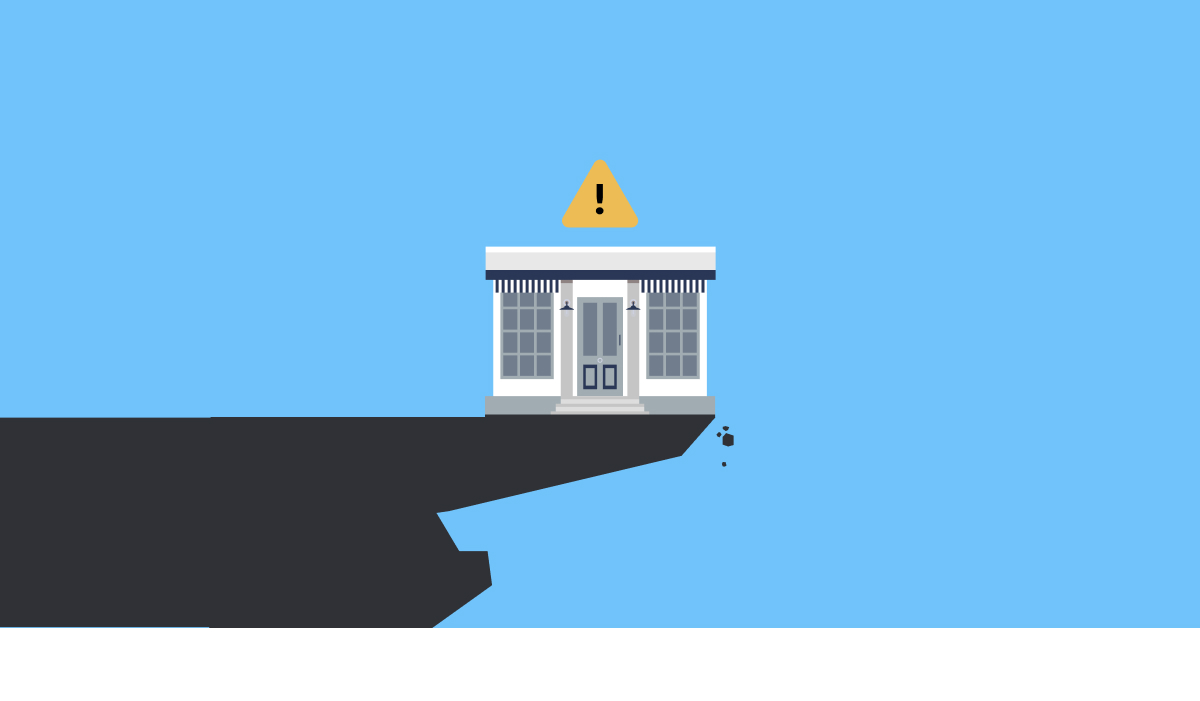
Consumers are exposed to 4,000 to 10,000 ads each day, with every brand trying harder than the last to stand out from the crowd. Even if you do catch a consumer on a good day and manage to convey your unique, pithy and insightful sales pitch in an eye-catching way, the very first thing that consumer will do is research your store or restaurant elsewhere. Put simply, traditional marketing is dead. It’s hard to gain the attention of customers and even harder to gain their trust.
But there is an alternative. In this guide, we’ll show you how to harness the power of content marketing.
- What is content marketing?
- Great content, bad content and how to tell the difference
- The top seven rules of creating great content
- Four core benefits of content marketing
Connect your entire business
See which POS tools are right for you.
What is content marketing?
At its core, content marketing is the creation of valuable but non-promotional content to attract, engage and educate a clearly defined target audience with the objective of establishing trust and driving a profitable customer action at some time in the future.
As a small business owner, you can use a huge range of free and affordable online channels to speak directly to your audience, including:
- Yelp
- Google Local
- Blog posts (yes, like the one you’re reading)
- Your website
- Podcasts
- Emails
- YouTube videos
- Google Hangouts
- Zoom webinars
This world of online communication provides an unprecedented opportunity for you to connect directly with your local community, create brand awareness and cultivate a loyal following—all without the need for a huge budget.
Stop selling
The absolute key to success on the modern web is understanding that it’s time to stop selling.
Ever wonder why Whole Foods spends the time and money it takes to write and share thousands of recipe ideas by email and on their blog? Or why Airbnb takes the time to put together hundreds of neighborhood guides? Or have you ever found yourself lured back to the same travel website again and again by lists of beautiful beaches or the “top ten places to go hiking.” These brands keep pulling you back into their ecosystem, so that when you are ready to purchase, you’re more likely to seek them out. What’s more, because of the relationship they have developed with you through all this valuable content, you’re more likely to trust them, too.
Great content, bad content and how to tell the difference
Great content gets the right message to the right audience at the right time. It’s about hitting the sweet spot between your passionate expertise and the interests of your customers.
Passionate expertise
Tap into subjects that reflect your passions as a company and about which you can talk authoritatively. That’s your passionate expertise. This isn’t so much about being an “expert” as it is having a natural right to talk on a particular matter. Talk about what you know and you can build that all-important commodity between you and your prospective customer, trust.
Customer interests
As a local business with a physical location, you have a huge advantage over most online content producers. You get to meet your customers every single day. Take advantage of this fact and quiz your customers about the magazines they read, their hobbies, likes and interests. Focus on the pain points you can solve for them. Ask them outright what kind of content they would expect to see from you and why. You’ll start to see a consensus emerge pretty quickly.
Take some time to do this initial research and you’ll see more engagement right from the start.
The top seven rules of creating great content
1. Stop selling
Offer value, ask for nothing in return.
2. Be useful
If you’re a baker you might help people create your beautiful creations at home with recipes on your blog or how-to guide videos on YouTube. Or if you’re selling skateboards, maybe you can put out a series of videos demonstrating the perfect way to carry out certain tricks.
3. Make it shareable
One strategy to use is Jonah Berger’s STEPPS acronym in his book Contagious.
Social currency
Content will be shared if it makes the sharer look good to their peers.
Triggers
Certain words and ideas trigger obvious associations, like ‘Peanut Butter and ____.’ By linking your content to these triggers, you make it more memorable and shareable.
Emotion
An emotional response makes us more likely to pass something on.
Public
When we can see other people doing something, we’re more likely to imitate it.
Practical
Provide value, be useful.
Stories
As people, we are programmed to respond to narratives.
4. Get your customers involved
Tourism Australia was one the great success stories of Facebook because they were an early adopter of user-generated content. They encouraged tourists and locals to share their unique, inspirational, beautiful images and stories on the australia.com Facebook page. They didn’t pay people to create content and they didn’t slave away taking photos and sourcing stories themselves. They asked people for content they naturally wanted to share anyway. You can do the same.
5. Be consistent
Once you get customers habituated to receiving valuable content from you, you’ll want to keep them interested. This can be tough, especially for small business owners that are often time-strapped. There are a couple of key steps you can take to control this issue.
- Find a pace you can keep up with and stick with it. Don’t feel like you need to share something amazing every day.
- Don’t do it all! Choose 1-3 channels and leave the rest.
- Curate third party content for your customers. Don’t feel like you need to create all the content yourself. This can be as simple as creating a Pinterest pinboard of all your favorite images related to a particular subject.
- Be organized. It’s important to create a content editorial calendar to stay on task.
6. Be local
The internet is a big place and the more niche your content, the more likely it will cut through the noise.
As independent retailers and restaurateurs you have a natural niche: your local area. Wherever possible, think of content that will be of particular interest to people in your city, borough, block or even street. For example, if you own a wine store, you might create a list of wine and cheese pairings and put together a list of local stores where your customers can buy each cheese. Or you might simply provide a list of local restaurants that offer your favorite wines.
7. Keep your goal in mind
You are running a business and to be successful you have to get customers through the door regularly, increase basket size and increase word of mouth. This understanding should guide the content you create and ensure that everything you do is tracked.
Four core benefits of content marketing
1. It enables more regular content
By sharing valuable content, however, you are able to stay in touch more regularly and what’s more, your customers will actually be glad to see you in their inbox!
2. It changes the way customers see you
Offer your customers something valuable for free and reap the benefits. You might be surprised to see the financial rewards that come from putting together a collage of the “scarves of the world,” a video showing how to pour the perfect espresso or a series of blog posts on the perfect fall season look.
3. It spreads the word
People love to share content that makes them feel good, or laugh, or makes them look smart. If you provide them with this content, they will tell their friends. And statistically, friends of friends are more likely to be potential customers.
4. It drives repeat business
Produce consistently valuable content over an extended period of time and you will drive people back through your doors again and again. A great content relationship will keep you fresh in the mind of your customers and, perhaps more importantly, make sure they are paying attention when you do have something to say about your products.
Securing attention is the primary battle for small businesses online and content marketing is the key to making it happen.
How to get started
If you’re entering the content marketing world for the very first time, start small with one platform like Yelp or a company Instagram account.
Often the biggest hurdle holding business owners back from starting a blog, podcast or YouTube channel is time. Time is a precious resource and we recommend setting up as many tools as possible to help you reclaim your time. There are services that generate blog ideas for you and built-in features that let you post to multiple platforms simultaneously. You also need a powerful point of sale that automates tasks so you have more time to connect with your customers. We can help you with that part.
Start small, don’t aim for perfection and remember that your audience is waiting.

News you care about. Tips you can use.
Everything your business needs to grow, delivered straight to your inbox.






